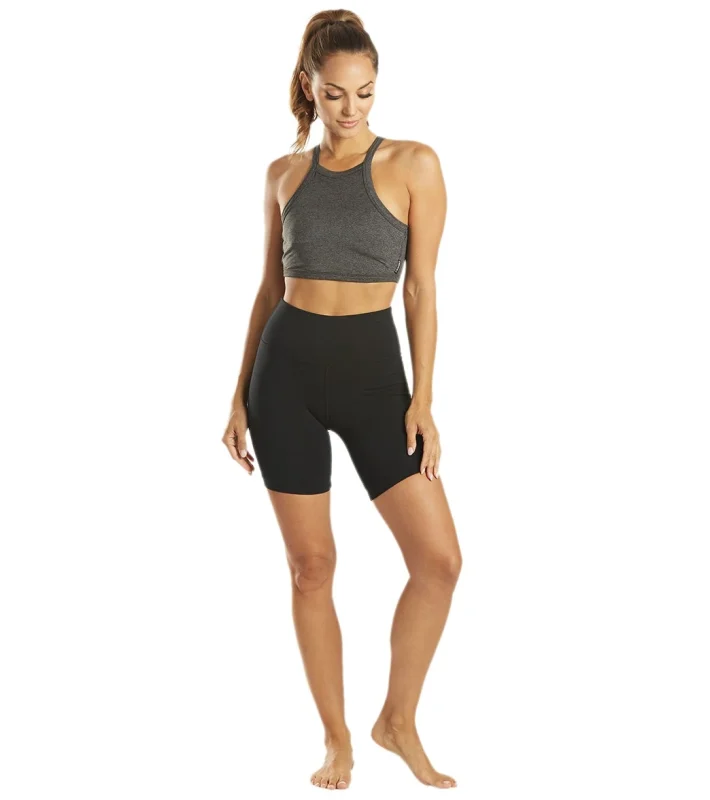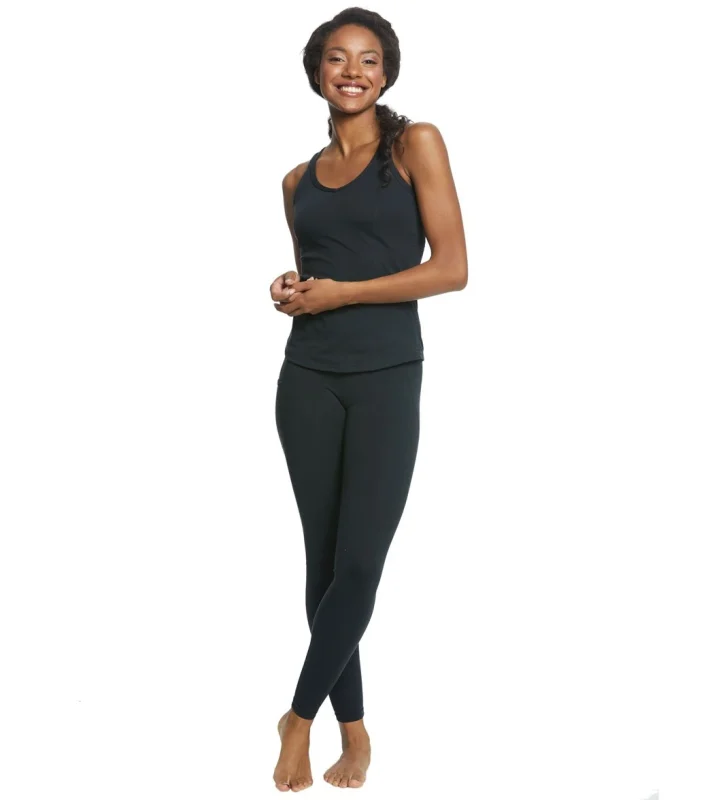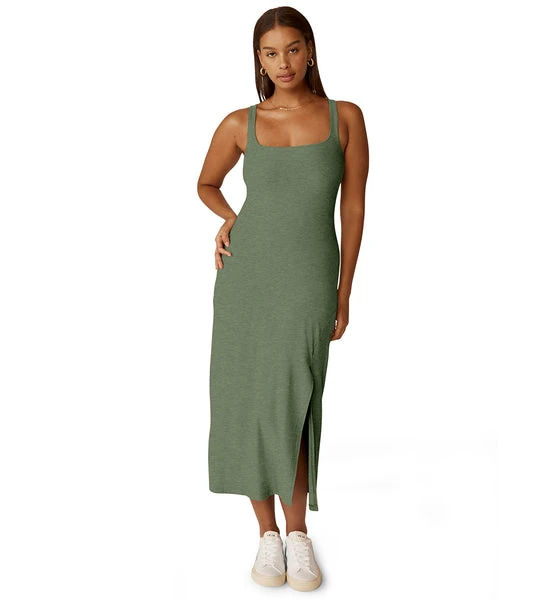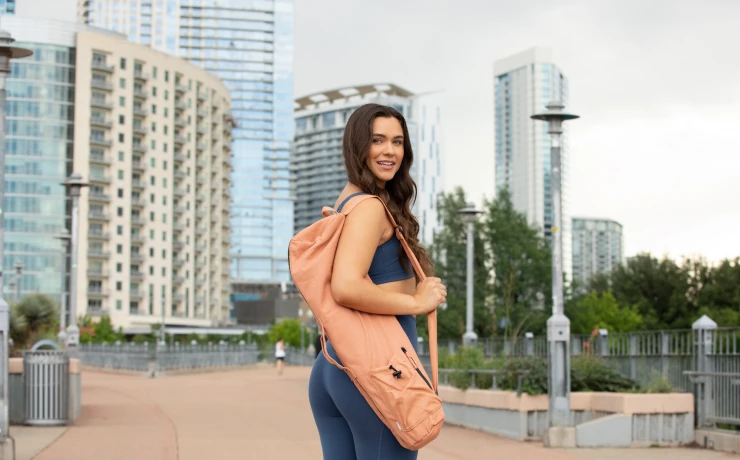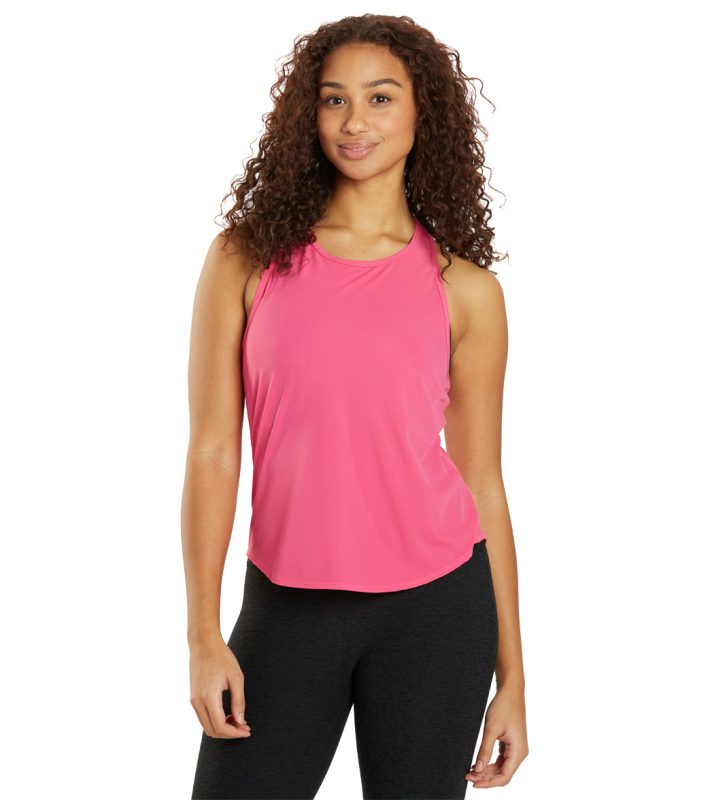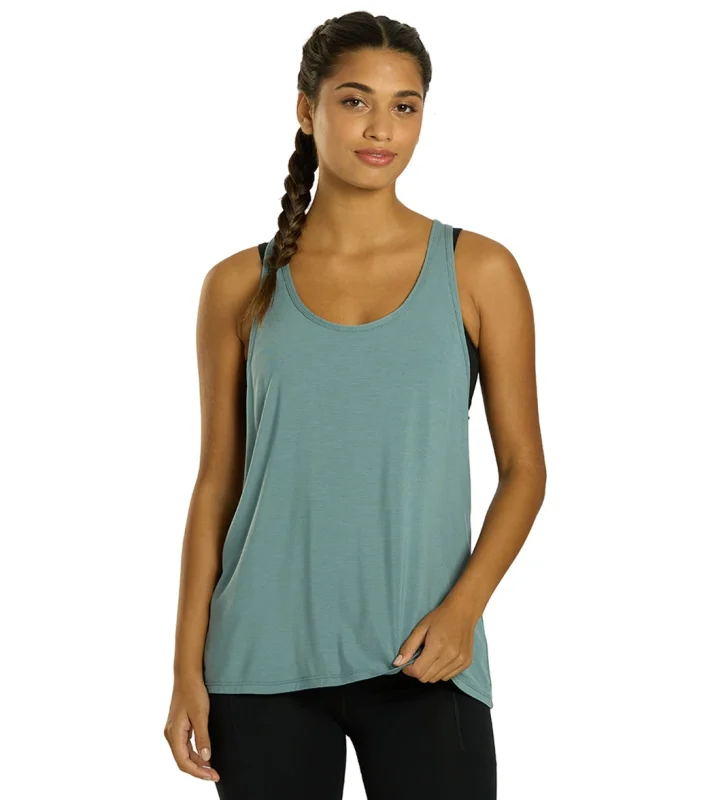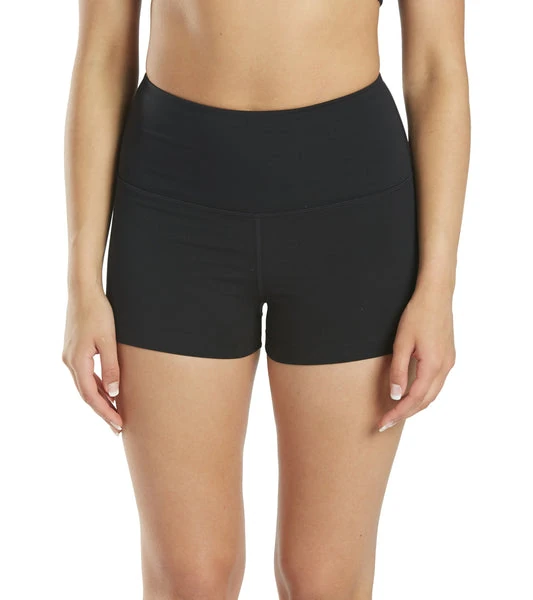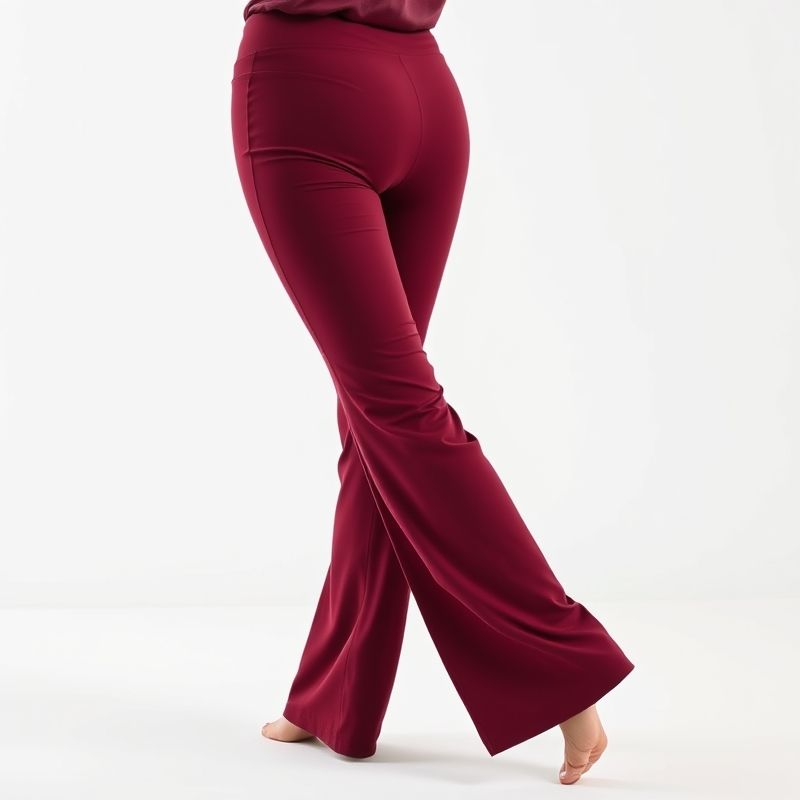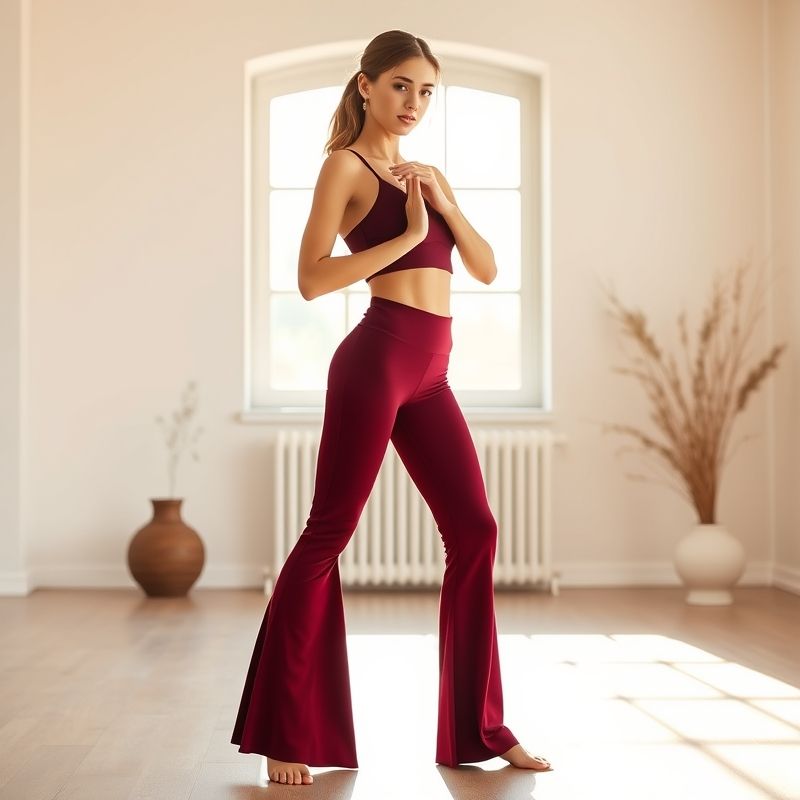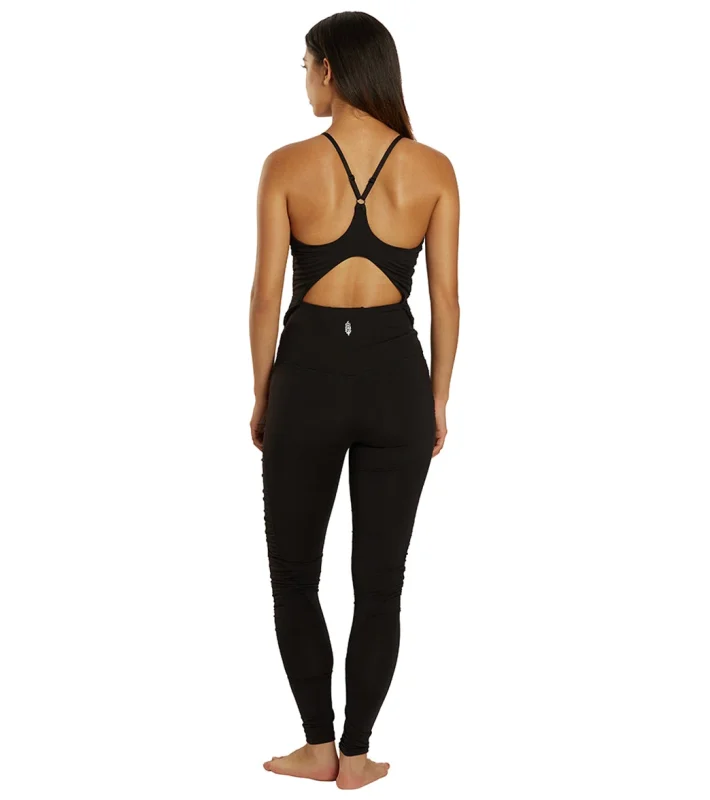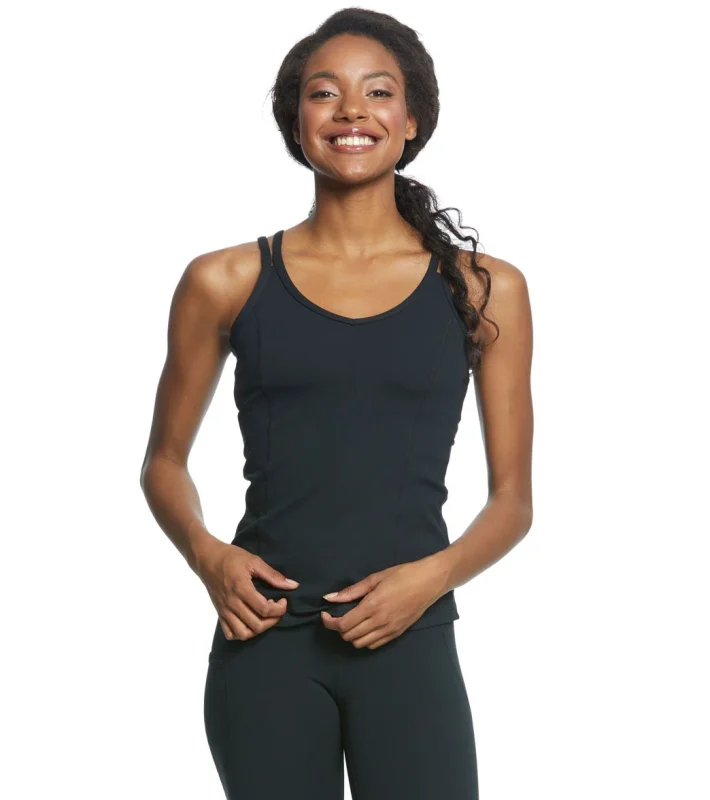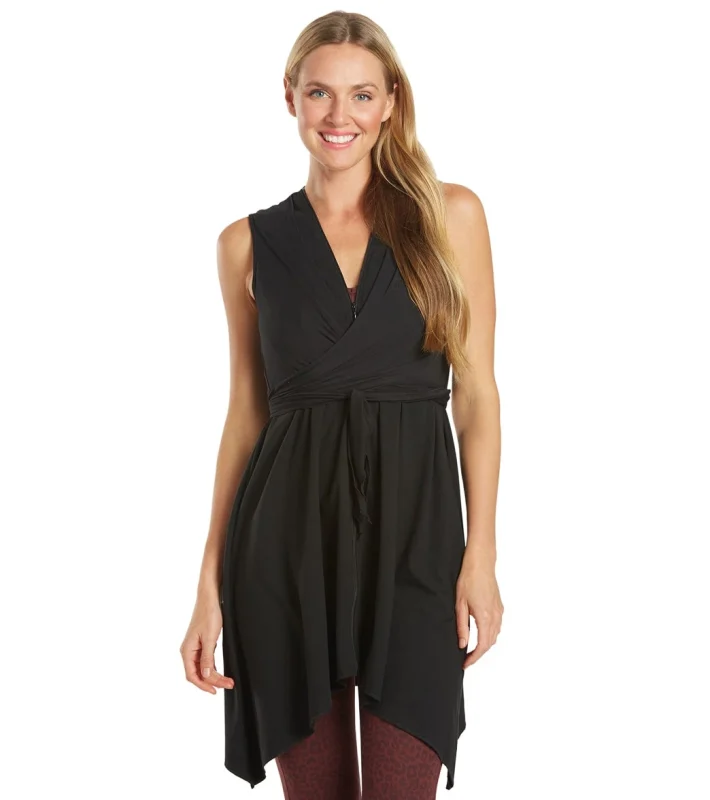Traditional cacao ceremony: 9 Designer Tips for Australian women
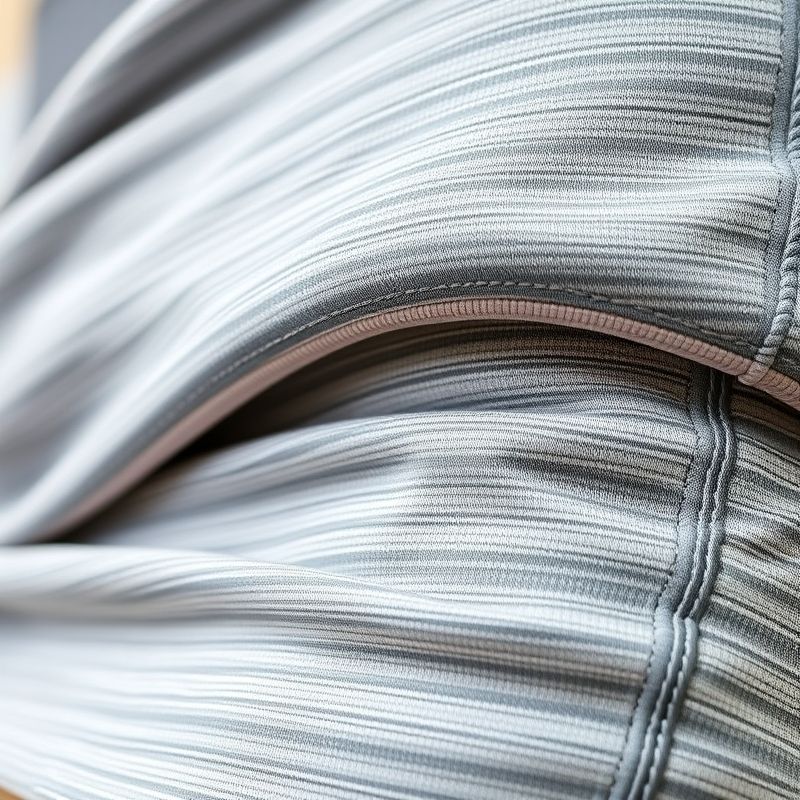
As a designer who’s spent countless sunrises at Bondi watching women arrive for traditional cacao ceremony in activewear that rides up, rolls down, or goes sheer under the morning light, I’ve seen the real story. The traditional cacao ceremony isn’t just another wellness trend—it’s a sacred ritual that’s transforming how Australian women connect with their practice and their bodies. But here’s the thing: when you’re sitting in circle, sharing ceremonial cacao with sisters, the last thing you want is to be adjusting your leggings every five minutes.
Traditional cacao ceremony has exploded across Australia’s yoga scene, with studios from Byron Bay to Melbourne’s inner north hosting these heart-opening gatherings. Yet while everyone’s talking about the spiritual benefits, nobody’s addressing the practical reality: what to wear to a traditional cacao ceremony that honours the practice while keeping you comfortable through two hours of sitting, sharing, and moving.
Quick Navigation
Key Takeaways
- Traditional cacao ceremony works with ceremonial-grade cacao, not supermarket hot chocolate—expect a bitter, earthy flavour that opens the heart
- Wear loose, comfortable layers that move with you—tight activewear can restrict the energetic flow
- The ceremony typically runs 2-3 hours with guided meditation, sharing circle, and gentle movement
- Choose natural, breathable fabrics in earth tones to honour the sacred space
- Post-ceremony integration is crucial—plan quiet time, hydrate well, and click here for the perfect post-ceremony comfort pieces
💝 What Actually Happens in Traditional Cacao Ceremony
Let me paint you a picture from last Thursday’s dawn ceremony at Tamarama. I’m sitting in circle with 12 women, all wearing different versions of “yoga comfortable,” watching our facilitator bless the traditional cacao ceremony space with sage. The air smells of eucalyptus and ceremonial cacao—a rich, chocolatey scent that’s nothing like your morning Nespresso.
Traditional cacao ceremony in Australia typically follows ancient Mayan and Aztec practices adapted for modern wellness. The facilitator (often called a “cacaoista”) prepares ceremonial-grade cacao—this isn’t your Cadbury’s drinking chocolate. We’re talking pure cacao paste from single-origin beans, mixed with warm water, sometimes cinnamon or cayenne, creating a bitter, heart-opening elixir.
The ceremony itself moves through four phases: intention setting, cacao blessing and consumption, guided meditation/journey work, and sharing circle. Each phase serves a purpose—traditional cacao ceremony isn’t just sitting around drinking fancy hot chocolate. The theobromine in ceremonial cacao creates gentle heart expansion without the jitters of coffee, making it perfect for emotional release and connection.
🔍 Ceremonial Cacao vs. Regular Drinking Chocolate: The Real Difference
What You’re Actually Paying For
Traditional Ceremonial Cacao
- Single-origin beans (usually Peruvian or Ecuadorian)
- Minimally processed paste (stone-ground)
- 400-500mg theobromine per cup
- Bitter, earthy flavor profile
- Priced $25-45 per 250g
Supermarket Drinking Chocolate
- Blended beans (multiple sources)
- Dutch processed with alkali
- 50-100mg theobromine per cup
- Sweetened, often with milk powder
- Priced $8-12 per 250g
Here’s where my designer brain kicks in: just like activewear, traditional cacao ceremony materials matter deeply. The energy of mass-produced drinking chocolate simply can’t match small-batch ceremonial cacao that’s been blessed and prepared with intention. When Sports Medicine Australia research shows 68% of Australian women experience adverse reactions to processed foods, choosing pure ceremonial cacao becomes not just spiritual preference but physical necessity. Check out our explore our catalog for Australian women.
🌸 Real Women’s Stories: From Doubt to Devotion
Sarah, 32, Melbourne Graphic Designer: “I showed up to my first traditional cacao ceremony wearing my usual gym leggings—black, compression, the whole works. By hour two, I was sweating, uncomfortable, and completely disconnected from the beautiful energy in the room. The facilitator gently suggested I loosen up next time. Now I wear my yoga pants womens style pieces—loose, breathable, and honestly perfect for the journey work.”
Michelle, 28, Byron Bay Yoga Teacher: “I’ve hosted traditional cacao ceremony circles for three years, and the clothing thing is real. Women arrive in everything from designer activewear to flowing hippie skirts. The ones who choose comfort over fashion always have deeper experiences. I always recommend long flare leggings with a loose wrap top—elegant enough for ceremony, practical for sitting cross-legged.”
Emma, 41, Sydney Mum of Two: “I was skeptical about traditional cacao ceremony—thought it was just another wellness fad. But after my first circle, I understood. The cacao opened something in me I didn’t know was closed. The only thing that distracted me? My activewear kept riding up. Now I pack my black legging with pockets for the drive home, but wear my flowing pants during ceremony. Game changer.”
Jade, 35, Perth Pilates Studio Owner: “Traditional cacao ceremony taught me that connection happens when we drop the perfection. Same with clothes—ditch the compression gear. I tell my clients: wear what makes you feel safe enough to cry in. My go-to? black yoga pants flare with a soft cotton tee. Earth tones, natural fibres, nothing tight around the waist.”
👗 What to Wear to Your First Traditional Cacao Ceremony
The Ground Rules
Traditional cacao ceremony isn’t a fashion show. You’re there to open your heart, not impress Instagram. Think comfortable, breathable, layers you can adjust as your body temperature shifts with the cacao’s effects.
Essential Pieces for Traditional Cacao Ceremony
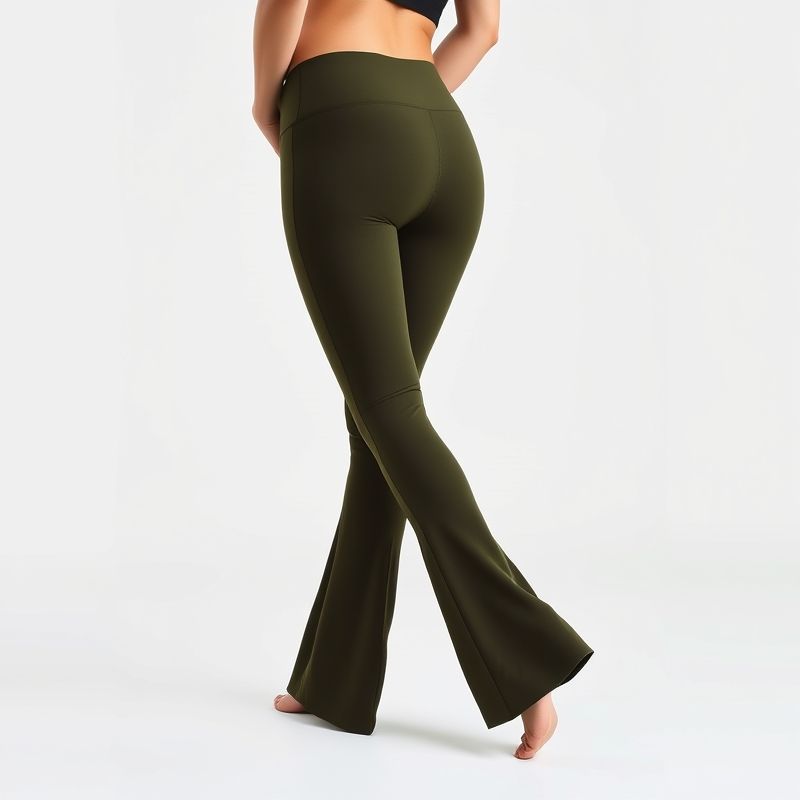
The Flare Pant Solution
Loose enough for comfortable sitting, stylish enough for ceremony. These black yoga pants flare style pieces move with your body without restriction.
AUD $20.91
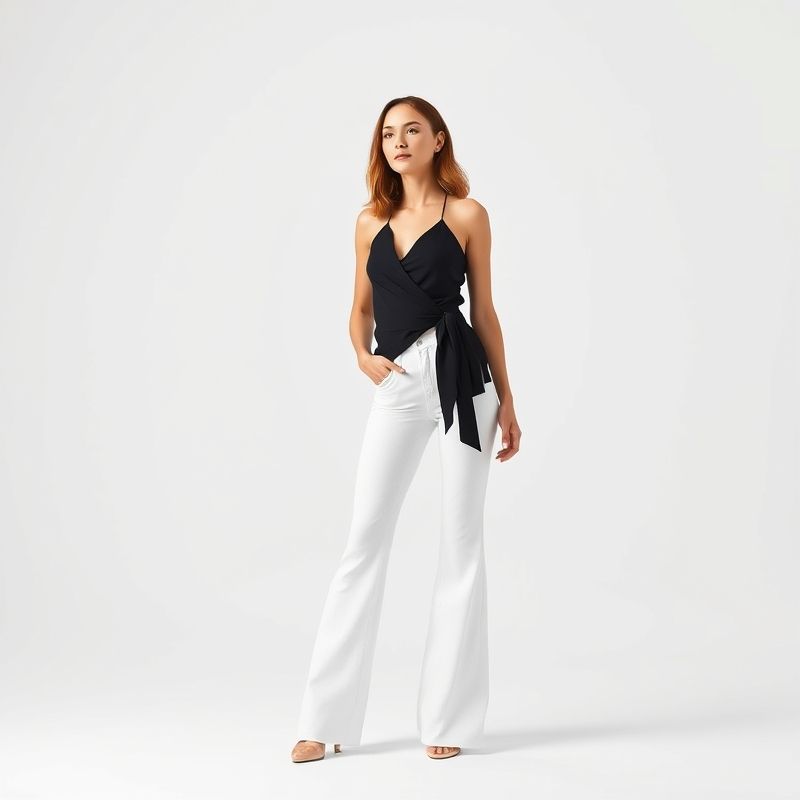
Long Flare Comfort
These long flare leggings offer ceremony-appropriate coverage while maintaining the flow needed for meditation poses.
AUD $23.15 View collection for exclusive deals.
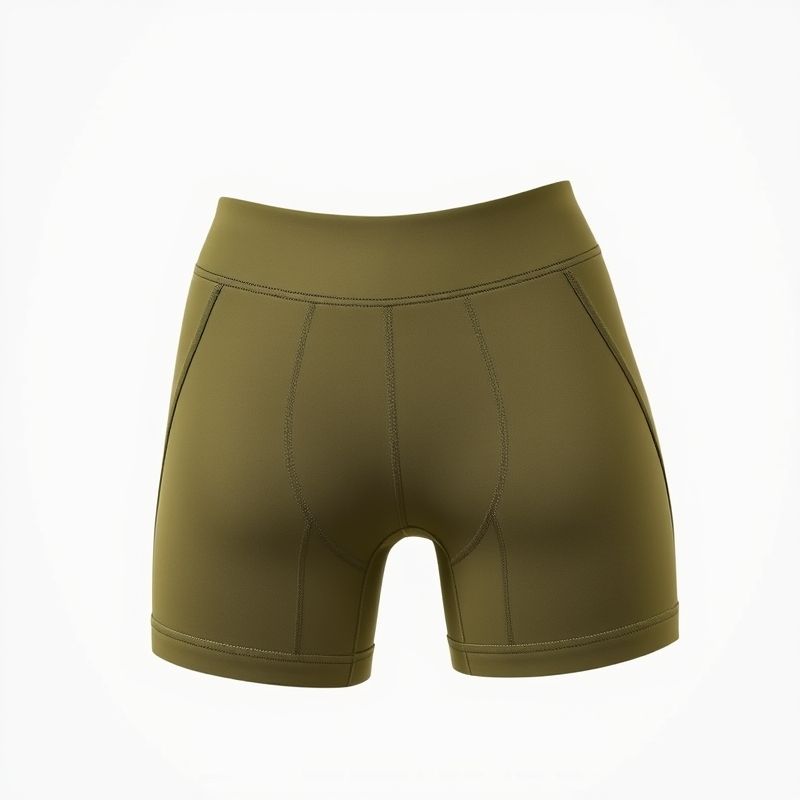
Pocket Legging Layer
Perfect for the drive to and from ceremony. These black legging with pockets hold your phone and keys safely.
AUD $37.67
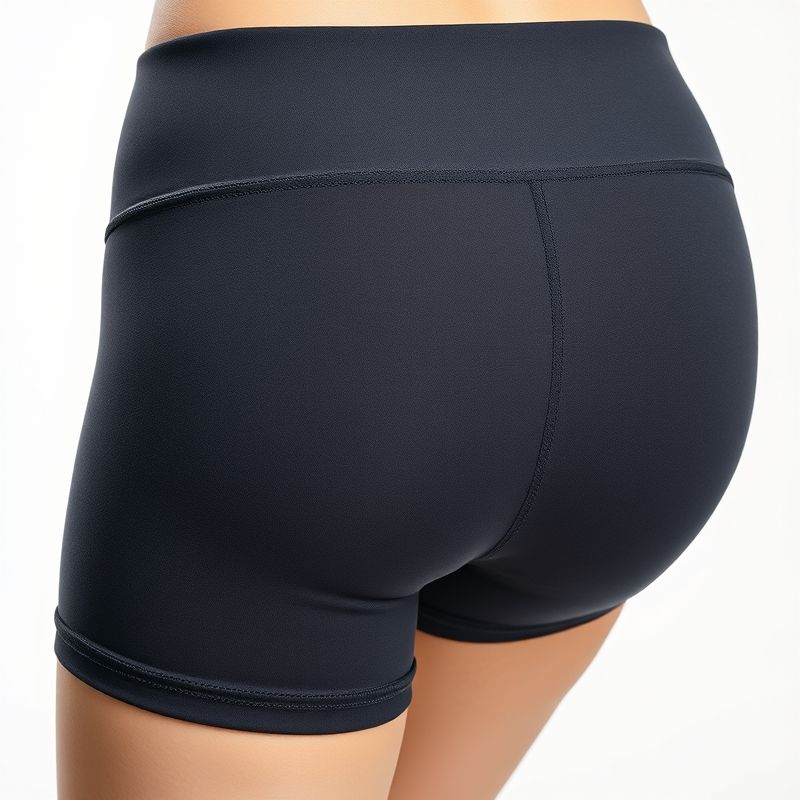
Seamless Base Layer
These yoga pants womens style shorts work beautifully under flowing skirts for modesty and comfort.
AUD $36.23
Colour & Fabric Philosophy
Traditional cacao ceremony works with earth energies. Think terracotta, sage, cream, charcoal—colours that ground you. Avoid bright neons or busy patterns; they can be visually distracting during meditation. Natural fibres breathe better as your body processes the cacao. see pricing for earth-tone options that honour the practice. Check out our see our range for Australian women.
🌙 After the Ceremony: Grounding & Integration
The 24-Hour Integration Window
Traditional cacao ceremony isn’t a one-and-done experience. The 24-48 hours after are crucial for integration. Here’s my designer-tested routine:
- Hour 1-3 post-ceremony: Hydrate with coconut water or herbal tea. see what’s available in soft, post-ceremony comfort pieces.
- Day 1: Gentle yoga or walking meditation in browse bondiro.com.au for pieces that support gentle movement.
- Day 2: Journaling, light meals, avoiding alcohol or heavy exercise.
- Ongoing: Regular practice deepens the benefits—many women report traditional cacao ceremony becoming their monthly self-care ritual.
The beautiful thing about traditional cacao ceremony is that it teaches you what your body actually needs—versus what marketing tells you it needs. After my first circle, I stopped buying compression leggings and started choosing pieces that let me breathe, move, and feel. The Australian traditional cacao ceremony community taught me that comfort isn’t lazy—it’s respectful to the practice.
Building Your Ceremony Wardrobe
Start with one perfect piece—maybe the yoga pants womens style shorts for layering, or the flowing flare pants for full coverage. Build gradually, choosing natural colours that make you feel grounded and safe. Traditional cacao ceremony isn’t about having the perfect outfit—it’s about feeling comfortable enough in your own skin (and clothes) to truly open your heart.
Your First Traditional Cacao Ceremony: Step-by-Step
- Preparation (24 hours before): Hydrate well, avoid caffeine and alcohol, choose your outfit
- Arrival: Arrive 10-15 minutes early, remove shoes, set up your space with blanket/journal
- Ceremony opening: Facilitator smudges the space, sets collective intention
- Cacao blessing: Receive your cup, hold intention while facilitator blesses the cacao
- Consumption: Drink slowly, mindfully, noticing the bitter complexity
- Guided journey: Follow facilitator’s meditation/visualization
- Sharing circle: Optional sharing with the group
- Closing: Grounding exercises, gratitude practice
🌟 The Bottom Line
Traditional cacao ceremony isn’t about perfection—it’s about presence. Whether you’re a Byron Bay devotee or a curious Sydney professional, the right preparation (and yes, the right clothing) can transform your experience from awkward to profound. The women in my circles consistently report that when they feel physically comfortable, they’re able to drop deeper into the emotional and spiritual work traditional cacao ceremony offers.
As both a designer and yoga instructor who’s witnessed hundreds of these circles, I’ve learned that traditional cacao ceremony works best when we honour both the sacred and the practical. Choose pieces that let your body breathe, your heart open, and your spirit soar. The rest—the tears, the laughter, the profound connections—will follow naturally. For more premium options, visit check out bondiro.com.au.
About the Author
As the founder of Bondiro and a senior yoga instructor who’s guided traditional cacao ceremony circles across Australia’s east coast for seven years, I bring both technical design expertise and lived spiritual practice to every piece I create. My mission is simple: create activewear that disappears during your practice, letting you focus on what truly matters—your connection to self, spirit, and community.
